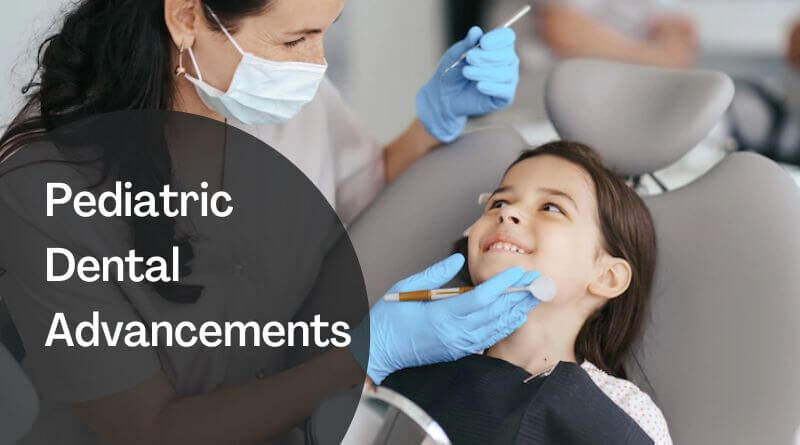5 Pediatric Dental Advancements we’re Most Excited About
The field of pediatric dental care is constantly improving as other realms of the health care industry. In child care, we need more safety, comfort, effectiveness, and a conservative approach, and this holistic approach is practiced by pediatric dentistry near you. This compassion and care hold true for adults, but children need special attention so they can relax in a fun-filled stress-free ambiance. Pediatric dentists keep themselves updated with the latest technology and practice it to provide the most effective dental health to your child.
Table of Contents
Pediatric Dental Advancements
Advanced Imaging and Diagnostic Tool
Baby teeth are not perennial; they pave the way to adult teeth. Teeth are an integral part of good health, so it is crucial to spot tooth decay at an early stage. If the issue is detected at a preliminary stage, treatment becomes easy, effective, economical, and less invasive. A new diagnostic transillumination-based tool is used to spot tooth decay. A beam of light devoid of radiation is focused on the mouth to diagnose the teeth condition of the child. In the illumination, the enamel becomes transparent, and cracks and decay appear murky. When transillumination is coupled with an x-ray, the dentist gets a comprehensive view of the teeth.
Painless injection
Painless injection is another breakthrough in the pediatric dental industry. To a child, the most dreaded thing in the world is an injection, but fortunately, a painless oral injection reduces the fright and sting experience of the child. Less amount of anesthesia is used, and the string is also reduced in this procedure. This is more beneficial to young children with severe dental conditions as they require multiple sessions that involve oral sedation.
Hand-held x-ray machine
Another crucial advancement in pediatric dental care is kid-sized dental technology. For decades adult dental tools were used on children, still practiced if you bring your kid to the general dental clinic instead of a pediatric one. One such instance is the adoption of the image dental campaign. It suggests using state-of-the-art technology and quick image receptors for x-ray and only using x-ray only when necessary, not as a routine diagnosis. It also advocates using thyroid collars for protection and reducing exposure time to x-ray. Nowadays, pediatric dentists use handheld x-ray machine that reduces exposure and radiation to x-ray. This process is quicker and safer than the conventional method.
New material for pulpotomies
New ingredients are shaping up pediatric dental care; new materials are used for safer dressing of pulpotomies (a method of removing damaged soft tissues located in teeth and placing medication in the cavity). Restoration has become safer without mercury, metal, and more aesthetic. The tooth-colored resin is directly connected to the tooth, which is more durable and functions more naturally until the tooth falls.
Shift to preventive measures
Preventive measures in pediatric dentistry have become more effective with evolving technology and tools. Now the minimally invasive technique is used as more advanced knowledge and tools are available to pediatric dentists. Modern tools and technologies such as digital x-ray, dental space maintainers, fluoride varnishes, and dental sealants make preventive measures more effective and intervene before invasive measures. Modern dental care restricts small issues before they aggravate; regular visit to the dental clinic and early detection prevents tooth decay in your child.
Recommended Articles:
Dental Problems and How to Treat Them
Dental And Oral Care For All Age Groups




